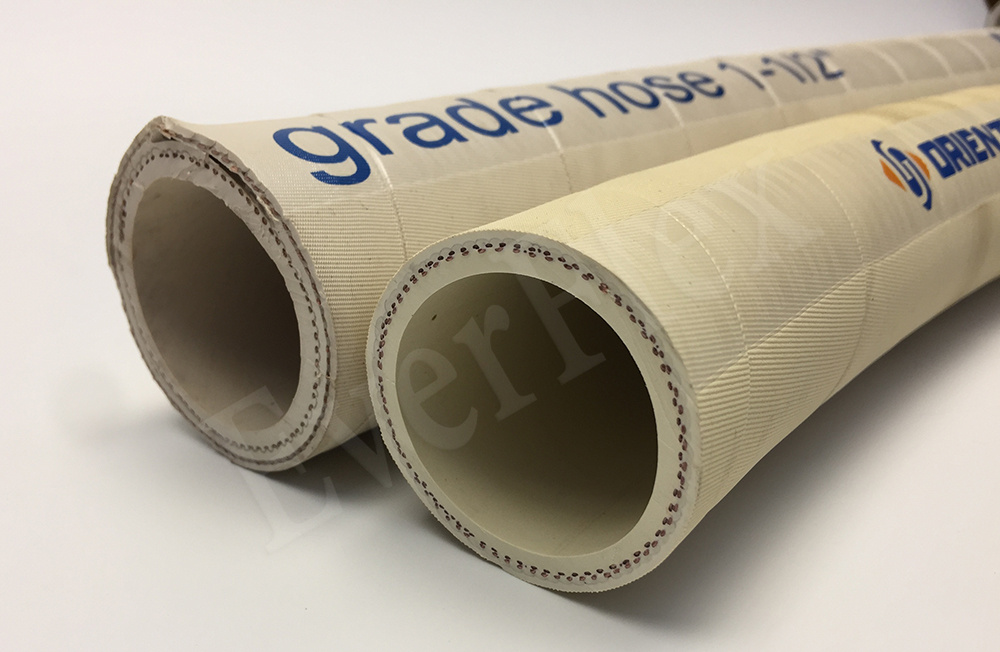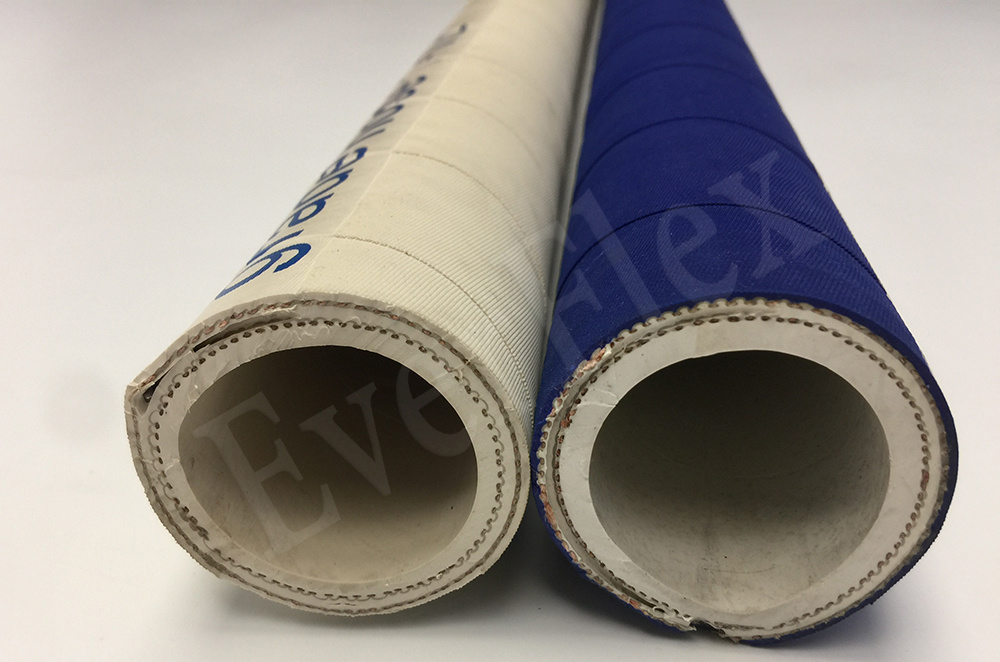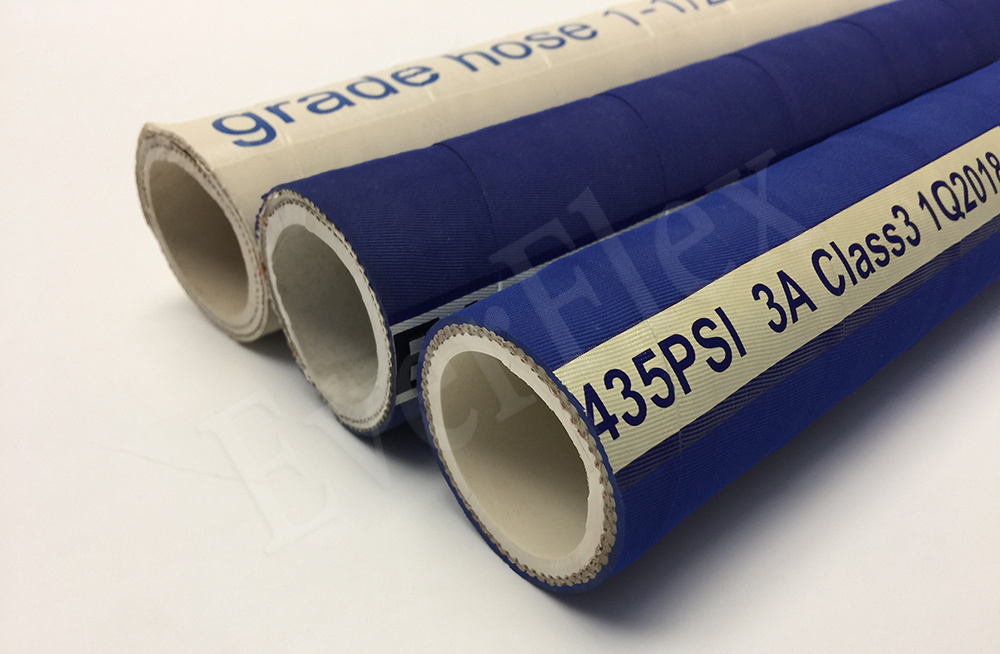Food grade hoses play vital roles in both household and industrial settings. From silicone coffee machine tubes to rubber dairy transfer lines and PVC wine hoses, these specialized conduits ensure safe product handling. However, several common problems can compromise their performance and safety.
1. Surface Cracking
Symptoms: Visible cracks on hose exterior
Primary Cause: Flexing in cold environments
Solution:
Use cold-resistant hose materials
Avoid bending below recommended temperatures
Store properly in climate-controlled areas
2. Bubble Formation
Symptoms: Blistering on outer surface
Root Causes:
Substandard manufacturing quality
Improper operating pressures/temperatures
Prevention:
Source hoses from certified suppliers
Follow manufacturer’s pressure ratings
3. Internal Leakage
Symptoms: Fluid seepage without visible breaks
Mechanism:
High-velocity flow erodes inner lining
Exposed reinforcement layers leak
Corrective Action:
Inspect for internal abrasion regularly
Replace at first signs of weeping
4. Surface Degradation
Symptoms:
Outer layer hardening
Micro-crack networks
Ozone discoloration
Progression:
Natural rubber oxidation begins
Protective layer forms and thickens
Flexibility decreases
Cracks develop during use
Critical Step: Immediate replacement when detected
Proactive Maintenance Tips
Conduct regular visual inspections
Monitor for changes in flexibility
Track service hours for aging hoses
Establish preventive replacement schedules
For comprehensive food grade hose solutions, Everflex offers:
NSF/FDA-certified hose options
Material compatibility guidance
Failure analysis services
Custom configuration support
Our engineers can help you:
Select the optimal hose material
Design proper maintenance protocols
Troubleshoot recurring issues
Contact our technical team for personalized assistance with your food grade hose challenges. We provide actionable solutions to extend service life while maintaining strict hygiene standards.








